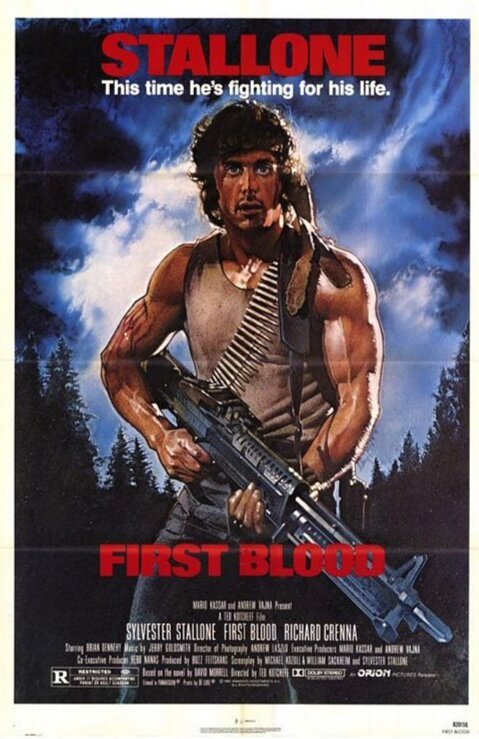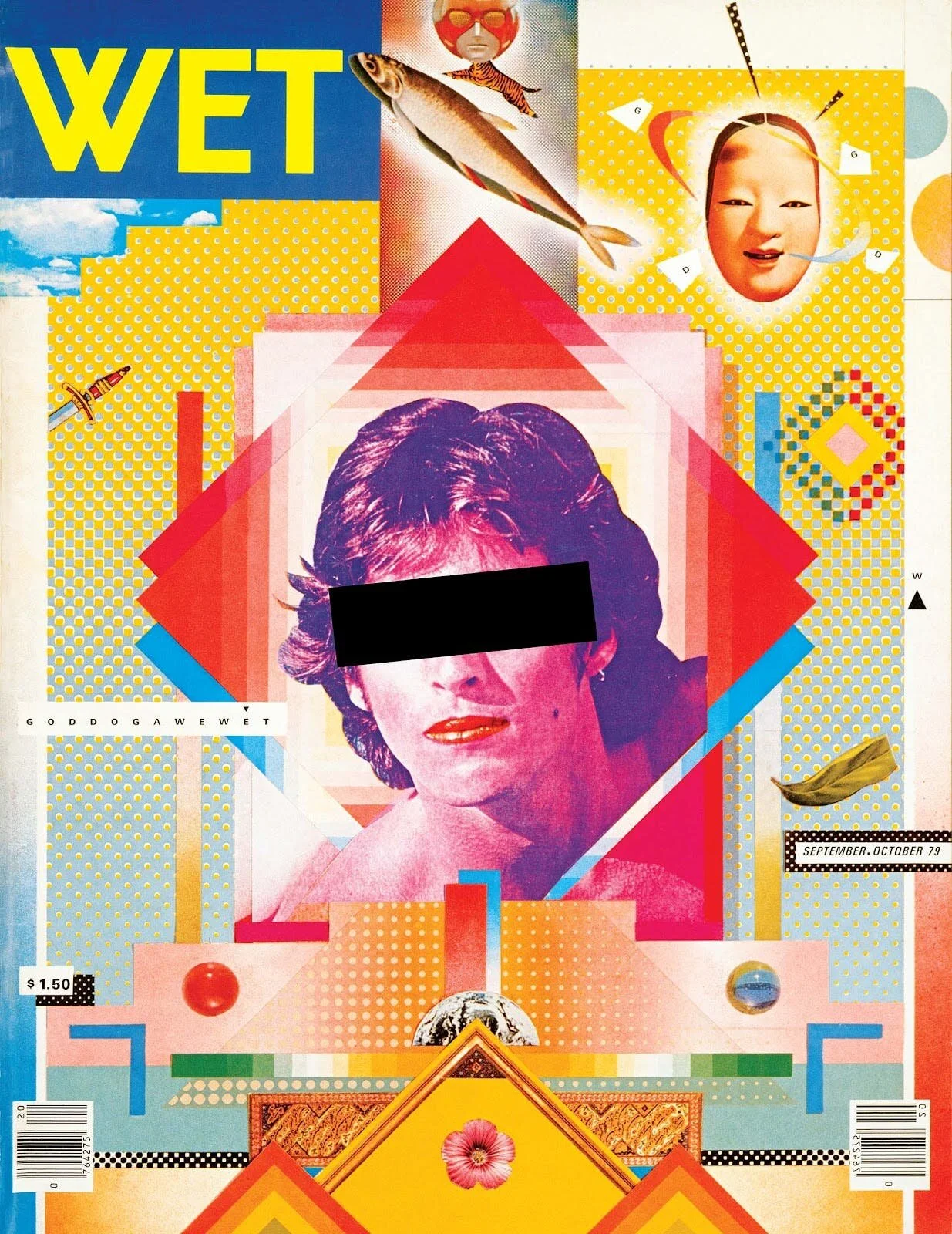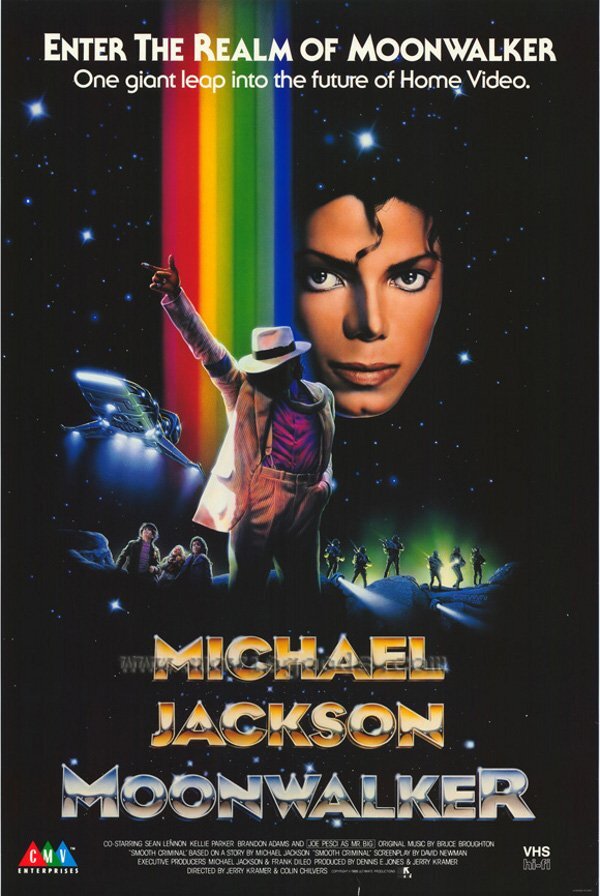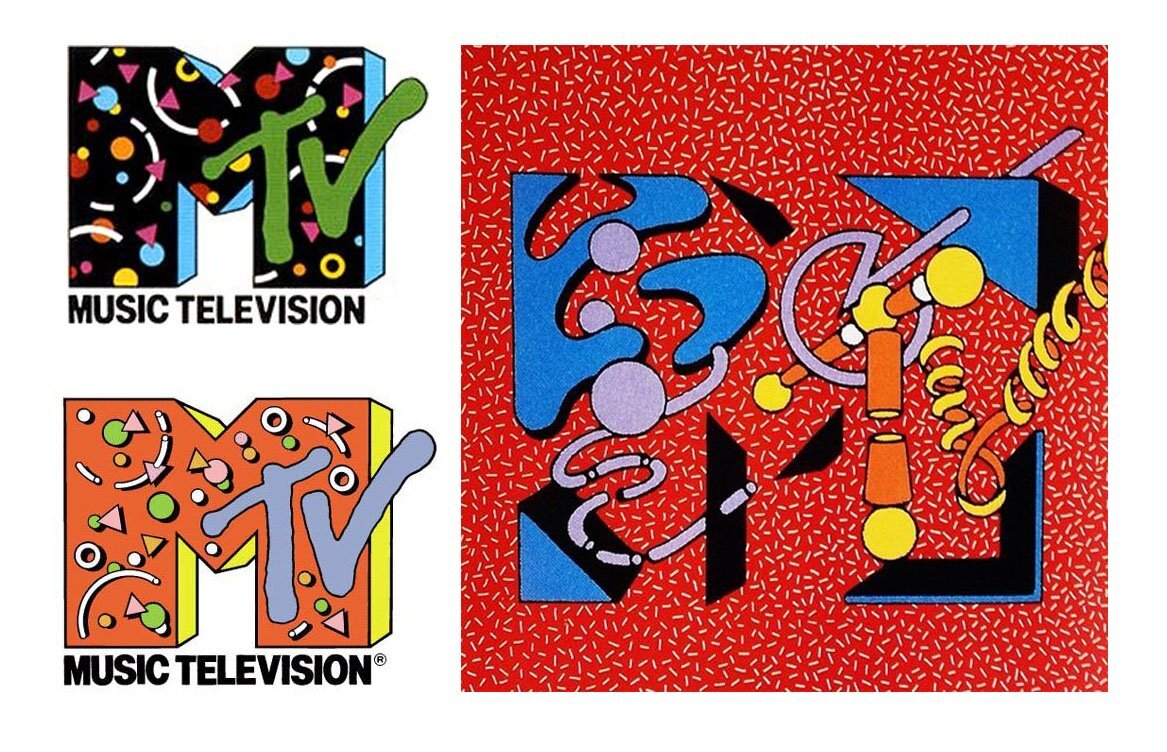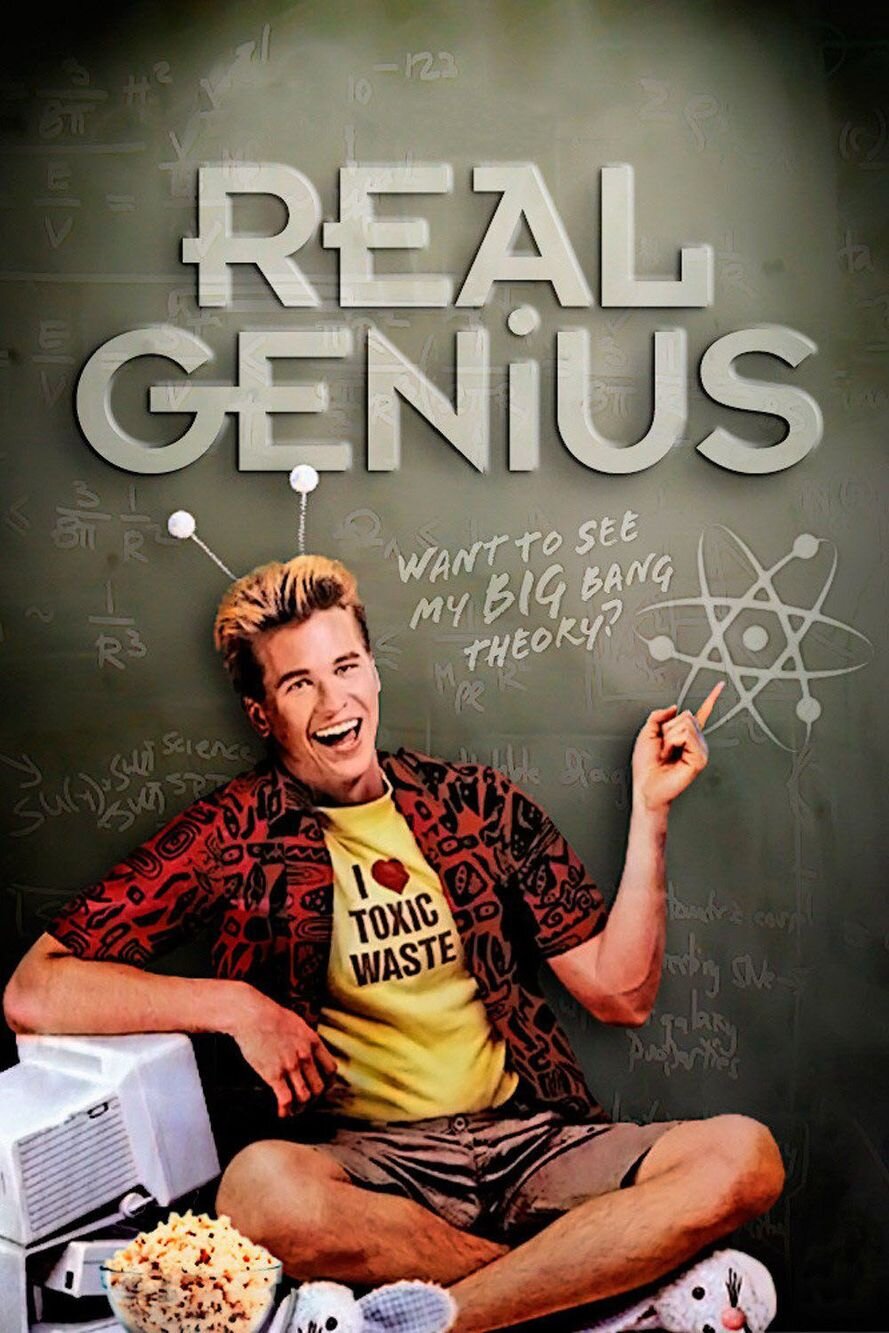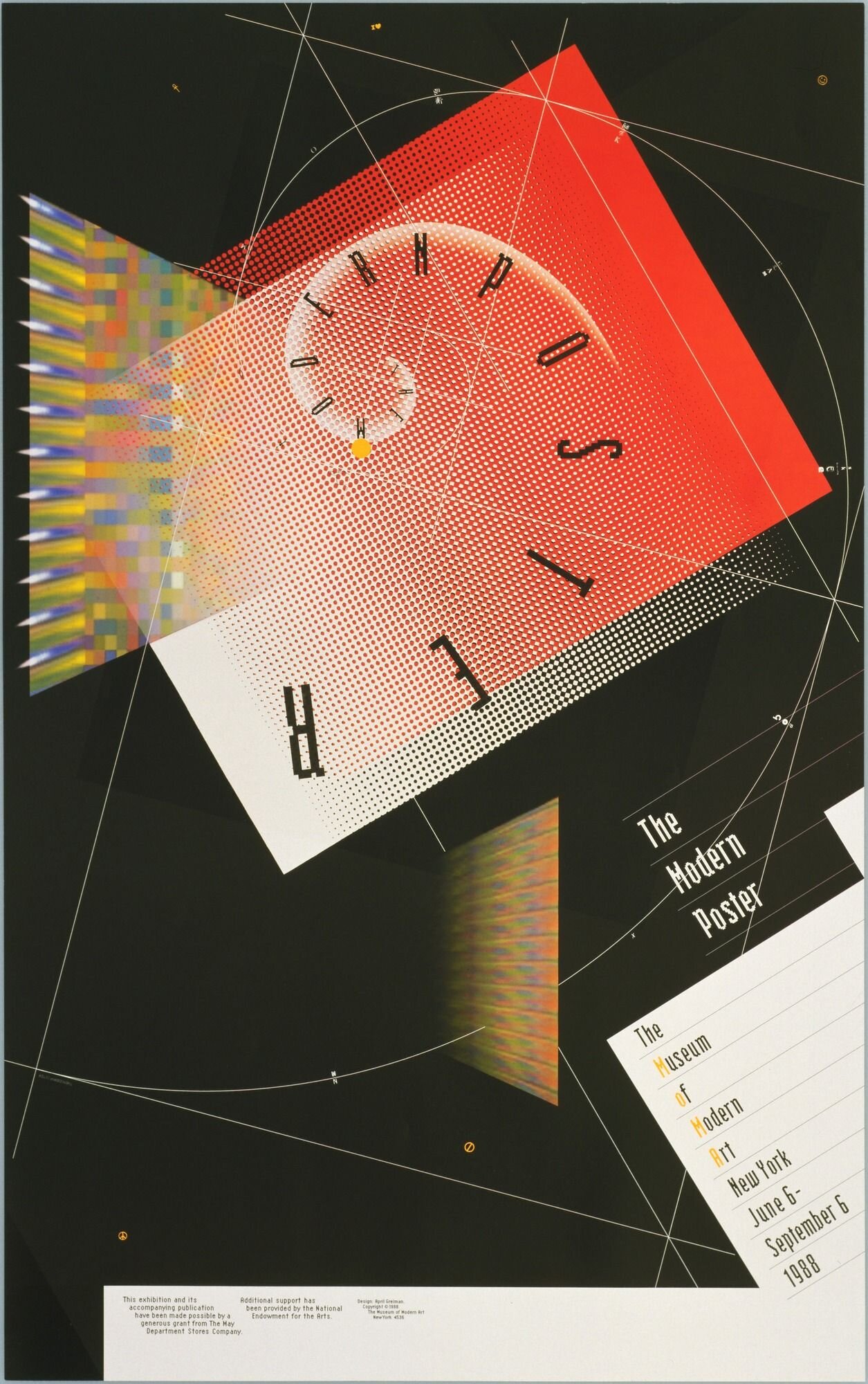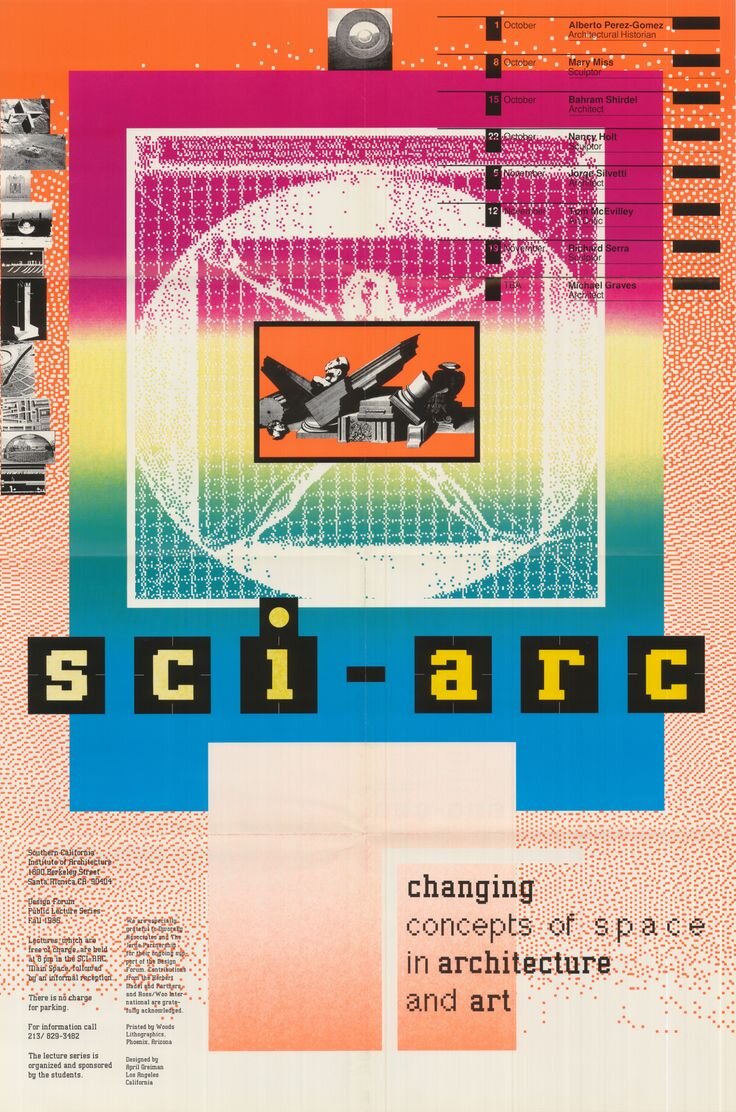Design through the Decades | The 1980’s
Graphic design in the 1980s marked the early beginnings of the digital revolution and the introduction of business and personal computers. As a result, there was an influx of technology in the development of graphics software. This new invention had a huge impact on graphic design. In this decade, the industry had changed forever.
Design Purpose
It’s quite challenging to find authentic graphic designs that originated in the 1980s. So much of what’s on the Internet is actually current and only inspired by that decade. Carrying the brashness of ’70s graphic design over, graphic design in the 1980s is eye-catching. With its bold, neon colors, jagged typography, and hair-raising styles, it was all about grabbing people’s attention.
Memorable ad campaigns such as “Where’s the beef?” from Wendy’s, “Just do it” from Nike, and “What would you do for a Klondike bar?” all started during this time. Urban culture also became popular.
Moreover, with the introduction of design software, graphic artists had the power to create 3D images and easily manipulate layout, colour, and form. Graphic designers were freer to experiment and test new things. This led artists to steer away from earlier modern fonts. They created and mixed font families, weights, and sizes to create a jumbled, spontaneous feel. This “new wave” approach then led to the development of the Deconstructive Typology movement, which is characterised by nonlinear type that incorporates spatial layout.
As a result, graphic design in the 1980s was modern and cool. Designers had a distinct style. They used different geometric patterns, complementary color schemes, and technology to give their design a “futuristic” feel as people in the 1980s were future-inclined and wanted to depict what lay ahead.
Another notable characteristic of the 1980s designs was that it began considering women as humans rather than just as sex symbols. It was progressive. Slogans such as “be bold and fashionable” and “Dare to be more” replaced sexist and misogynist taglines such as “Don’t burn dinner.” Moreover, this decade was the height of Michael Jackson’s career. Poster designs for his albums and concerts were colorful and used simple texts.
Design Style
Neon Noir was one of the genres that developed during the ’80s. It was seen in television shows such as Miami Vice, and films such as To Live and Die in L.A., Risky Business, and Thief. This design was characterised by letters and words in a bright color, often against a darker background. Neon Noir also includes design elements such as palm trees, sports cars, beautiful women, and sunsets. It became an ’80s graphic design staple.
The Memphis influence on classic MTV logo designs
Modern graphic design also started to flourish in the ’80s. It was clean and complete with the come back of sans-serif fonts with more pronounced angles and curves. This style is called the ’80s Deco, and it entered homes with its black lacquer furniture and arched ceramic vases.
A style created by a crew of Milan-based designers, now known as “Memphis-Milano” style, also dominated this era. Its design aesthetic is all about having striking color combinations and geometric motifs. It is now revered as high art and prized by collectors around the globe.
Another style that made its way into the 80s was the tropical design. It took a bit of inspiration from Neon Noir with its sunsets and palm trees, and a bit Memphis-Milano in the way geometry accompanied its patterns. But overall, the ’80s tropical style was an aesthetic on its own and it was widely-used on artworks, fabric, movie posters, and even school supplies.
Real Genius is a 1985 American science fiction comedy film directed by Martha Coolidge, written by Neal Israel, Pat Proft and Peter Torokvei.
Fantasy-themed graphic design also became popular in the 1980s. Unicorns, clowns, and wizards were only some of the aesthetics used. This design was commonly used in stickers, but they were also used in music videos together with abstract motifs such as curlicues and flowing ribbon.
Last but not least, digital design also came into the scene. Since people looked forward to the future, a scientific aesthetic emerged. There was an obsession with all things tech. From films like Real Genius to music videos by Thomas Dolby, there was a “digital look” to the visual style that emerged during this time. There was a prevalence of grids, sci-fi-evoking motifs, and computer-font-based graphic text.
Influentical People
There are so many designs present nowadays that we don’t even think about the people behind them. However, graphic designers have a big impact on our lives. Many of the most prominent ones in the 1980s are no longer with us anymore, but their works still influence the current generation of artists and will no doubt influence the future as well.
Erik Nitsche
Within his 60-year long career, Erik Nitsche has accomplished a lot of things. He has worked as an art director, book designer, illustrator, typographer, photographer, and advertiser. His works are described as “distinctly modernist.” He created various promotional and advertising campaigns for different clients, such as department stores, and the New York Transit Authority.
April Greiman
The idea of integrating the computer into design was an intimidating notion for many artists during the ‘80s. But Greiman was one of the few visionaries who wanted to go against the grain and recognise the potential of this new medium. As such, she established herself as a pioneer of digital communications design. Her bravery in exploring this field has inspired and encouraged the acceptance and use of technology in graphic design and the arts. With her curiosity and fascination with everything digital, she was able to produce cutting-edge design work that placed her at the helm of integrated design.

